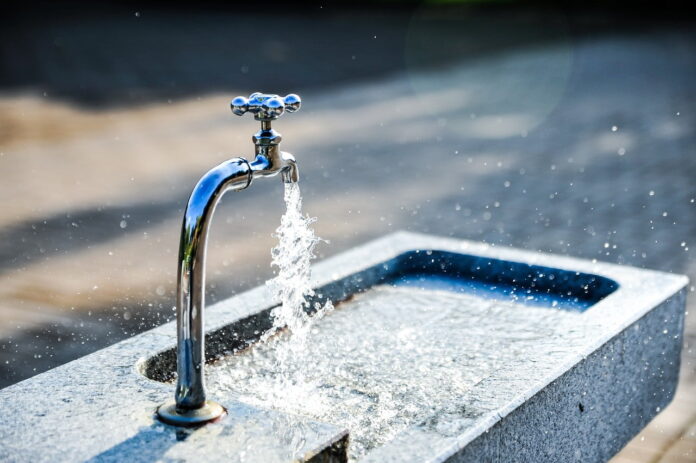Water contamination is a pervasive issue that affects ecosystems, human health, and the global economy. The sources of water pollution are diverse, ranging from industrial effluents and agricultural runoff to domestic wastewater. Each source contributes a variety of pollutants, including heavy metals, organic chemicals, and biological contaminants, which can lead to the degradation of water quality. According to the United Nations, over 80% of the world’s wastewater is discharged without adequate treatment, leading to widespread environmental and health issues. The scope of the problem is vast, with waterborne diseases causing an estimated 1.8 million deaths annually, highlighting the urgent need for comprehensive solutions.
Industrial Effluents: Tackling the Toxic Legacy of Manufacturing
The industrial sector is a significant contributor to water contamination. Factories and plants discharge effluents containing heavy metals, solvents, and toxic sludge into water bodies, often exceeding the capacity of natural processes to break them down. For instance, the textile industry is notorious for releasing dyes and chemicals that not only pollute water but also harm aquatic life. To address this, stricter regulations and enforcement are necessary to ensure that industries pre-treat their wastewater. Additionally, the adoption of cleaner production techniques and closed-loop systems can minimize waste and reduce the volume of pollutants entering the environment.
Agricultural Runoff: Strategies for Reducing Pesticide and Fertilizer Pollution
Agriculture is another major source of water contamination, primarily due to the runoff of pesticides, fertilizers, and animal waste into rivers and groundwater. These substances can lead to eutrophication, where excess nutrients cause algal blooms that deplete oxygen in the water, killing fish and other aquatic organisms. To combat this, farmers can implement best management practices (BMPs) such as precision agriculture, which optimizes the application of inputs to reduce waste. Buffer zones and constructed wetlands can also filter runoff before it reaches water bodies. Moreover, promoting organic farming and integrated pest management (IPM) can decrease reliance on harmful chemicals.
Domestic Wastewater: Enhancing Treatment and Management Practices
Domestic wastewater from households and urban areas is laden with pathogens, nutrients, and various chemicals from cleaning products and pharmaceuticals. In many regions, especially in developing countries, the infrastructure for wastewater treatment is inadequate or non-existent. Upgrading and expanding treatment facilities is crucial to prevent the spread of disease and environmental degradation. Additionally, water-saving appliances and greywater recycling systems can reduce the volume of wastewater generated. Public education campaigns can also play a role in encouraging responsible disposal of household chemicals and medications.
Innovative Technologies and Policies for Water Purification and Conservation
Innovative technologies offer promising solutions for water purification and conservation. Advanced treatment methods such as membrane filtration, UV irradiation, and nanotechnology are becoming more effective and affordable. These technologies can remove a wide range of contaminants, making water safe for consumption and reducing the burden on natural water bodies. Policy initiatives like water pricing, which encourages conservation by charging users based on their consumption, can also be effective. Furthermore, international cooperation and investment in research are essential to develop and disseminate technologies that can address water contamination in various contexts.
The Road Ahead: Collaborative Efforts for a Crystal Clear Future
Achieving a future with crystal clear water requires collaborative efforts from governments, industries, communities, and individuals. Integrated water resource management (IWRM) approaches that consider the entire water cycle and involve all stakeholders can ensure sustainable use and protection of water resources. Public-private partnerships can mobilize resources for infrastructure development and technology implementation. Additionally, global agreements and local initiatives must work in tandem to address the unique challenges faced by different regions. By working together, we can create a world where clean water is not a luxury but a guarantee for all.
The fight against water contamination is multifaceted, involving a combination of regulatory measures, technological innovation, and community engagement. By understanding the scope of the problem and implementing targeted strategies to address industrial, agricultural, and domestic sources of pollution, we can pave the way for a cleaner, healthier future. It is a challenge that requires immediate attention and sustained effort, but with the right commitment, a crystal clear future is within our reach.
